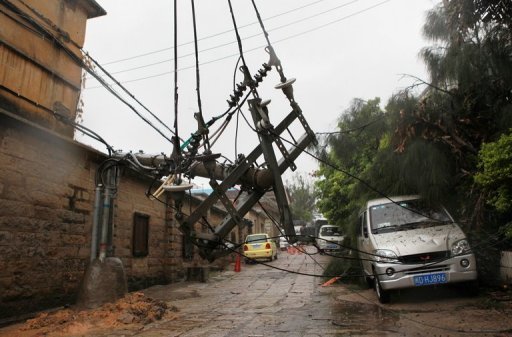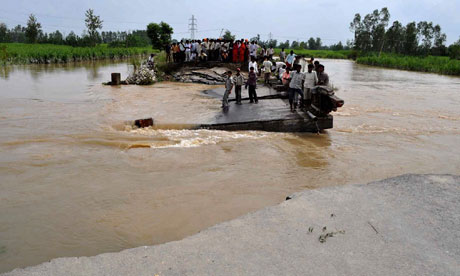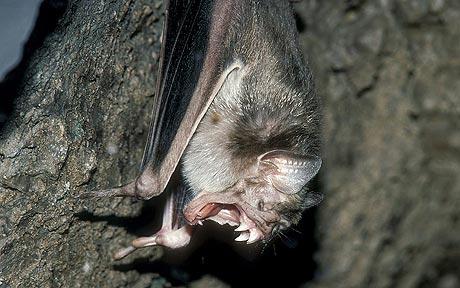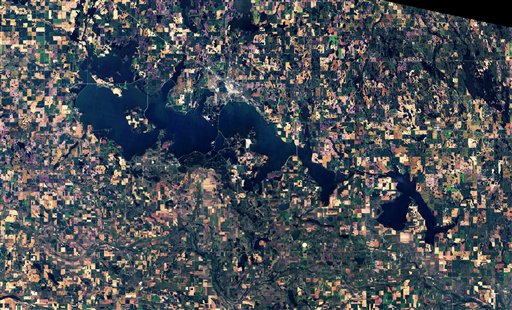
© Agence France-Presse79,000 people have been evacuated due to Fanapi, according to Xinhua news agency
Typhoon Fanapi, one of the strongest storms to hit China in years, has left 54 people dead and 42 missing in flooding and landslides in the south of the country, state media said on Thursday.
Xinhua news agency said 79,000 people had been evacuated due to Fanapi, which hit China on Monday a day after raking Taiwan with heavy rains, killing two people and leaving more than 100 injured on the island.
All of China's deaths occurred in the southern province of Guangdong, which has been battered by its worst rains in a century, it said.
Authorities in Guangdong had to use helicopters to air-drop relief supplies to victims in some areas, it added, quoting provincial flood control authorities.
Of those missing, 25 people disappeared in a rain-triggered mudslide, state media reports had said.




